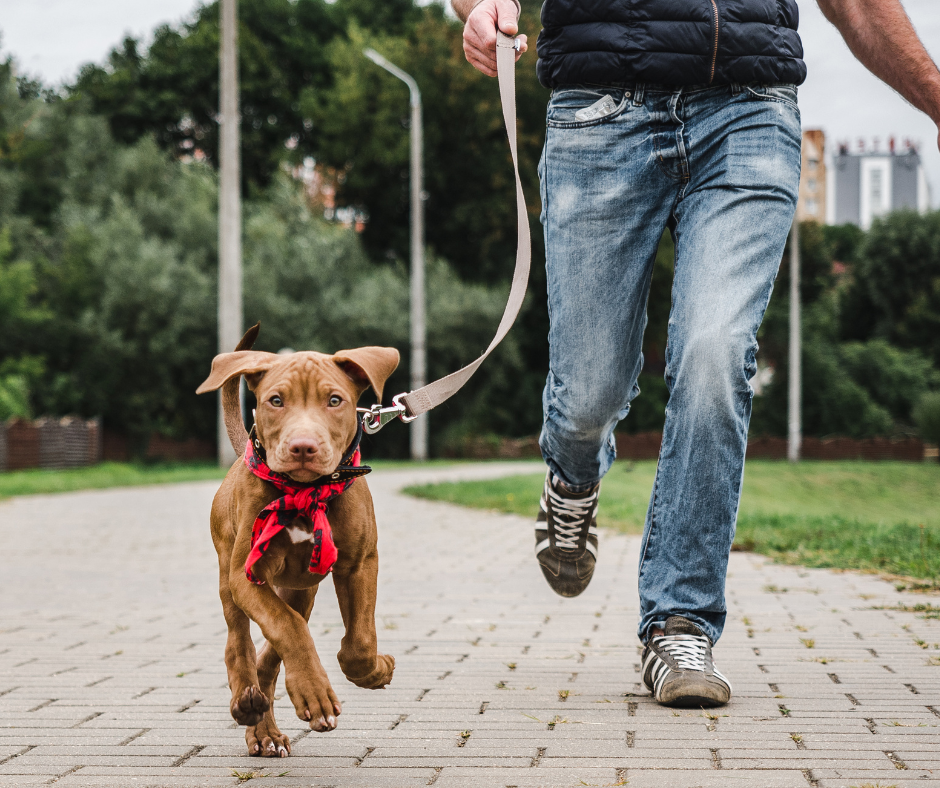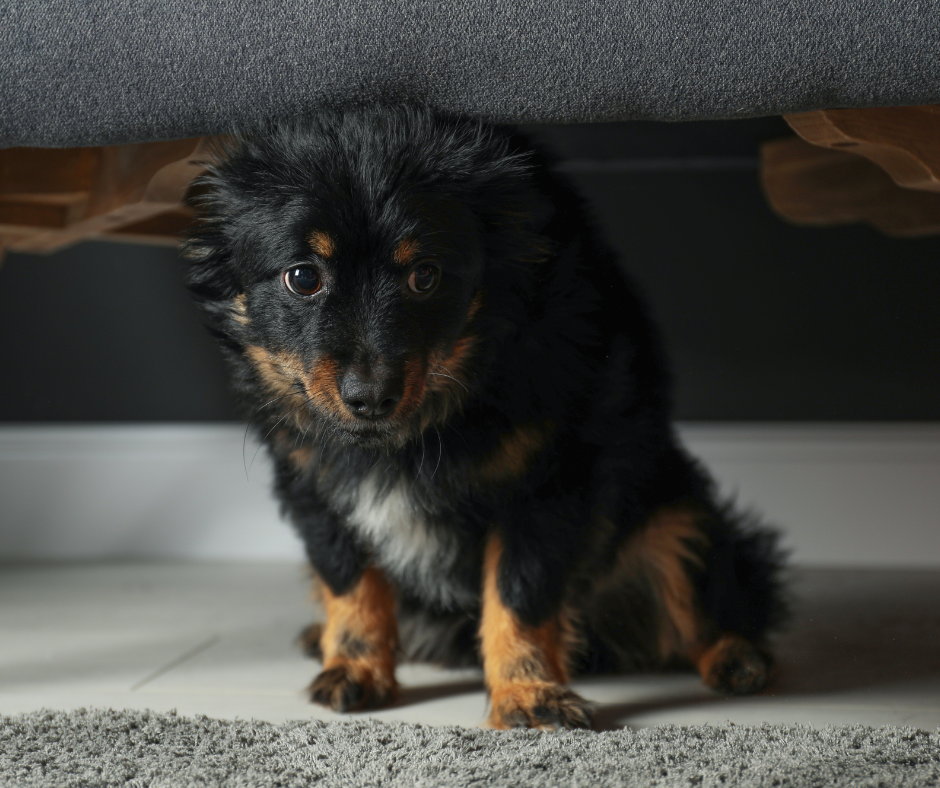Moving house with your pet

Moving house with your pet
Moving house is often considered one of the most stressful events in life. The planning, organisation and expense of moving house is often considerable, and even more so when children and pets are added to the mix.
After a Nutriment pack member recently moved house, with their 7-year-old Labrador in tow, we thought we’d take the opportunity to discuss the topic of moving house with pets and give some advice on how to make the process as smooth as possible.
So at least that’s one thing on your to-do list that you don’t have to worry about!
Routine
Animals thrive on routine. It makes them feel safe and comfortable, and they’re hardwired to behave with regularity as they would have had to in the wild to stay fed. You’ll notice that cats and dogs in particular tend to wake at the same time each day, demand breakfast at the same time, expect to be let out or taken for a walk at a similar time… you get the idea! Animals have very accurate internal ‘body clocks’ and live off of instinct, meaning that if their usual routine gets disturbed, it can cause some undesirable side effects such as stress, anxiety, behavioural changes or digestive upset.
During the day(s) of your house move, ensure you follow your pet’s normal routine as closely as possible. Keep their feeding times the same, their walk / toilet times the same, and keep them in the same part of the house or in the same company as far as possible, to prevent them feeling unsafe or unsure.

Familiarity
With their home environment completely changing, keeping as much familiarity as possible is a great idea in the early days after you move house. Using the same bedding, the same grooming products and feeding the same food (Nutriment of course), will help comfort your pet that although their environment has changed, they can expect their creature comforts to remain the same. Don’t forget, dogs and cats can be very sensitive. They’ll sense change and disorder from the moment you start moving furniture and packing boxes, so actively try and maintain both routine and familiarity throughout the whole of the house move process.
If you haven’t moved far in terms of location, revisiting old walking grounds (for dogs) will help provide some familiar comfort. Although discovering new places to walk, run, sniff and play in will provide great mental stimulation for an unsettled pup! Please note, it is recommended that you do not let your cat out of your new house for a least 2 weeks whilst they become accustomed to their new territory.

Stress detectors
Pet cats and dogs are highly attuned with our normal behaviours and moods, meaning that during a particularly stressful event such as an event (especially if this is a result of a family breakdown), they can pick up on our (as the owners) stress levels or low mood. This in itself is enough to cause anxiety for your pet. Whilst there is no real fix for this, being conscious of the fact that your pet is constantly sensing your emotions is worthwhile.

Supplements
Sometimes you can do all the right things, and your pet can still suffer from a little anxiety, restlessness or sadness as they adjust to their new home, with all its new sounds and smells. If this is the case, consider a supplement to help naturally alleviate their symptoms. For example, Nutriment’s hemp treats are a natural, healthy and effective way to provide temporary relief from moving-induced anxiety.
And of course, don’t forget to update your pet’s microchip and vet with your new address!
Moving to a new part of the country? Check the location of your new local stockist to make sure you can easily stock up for your four-legged friend!




